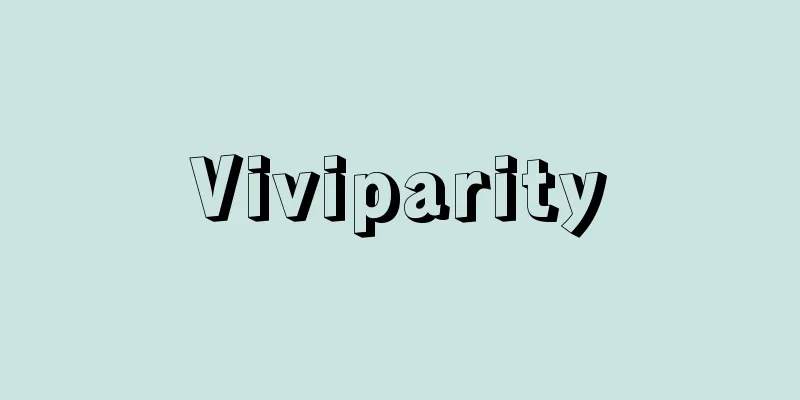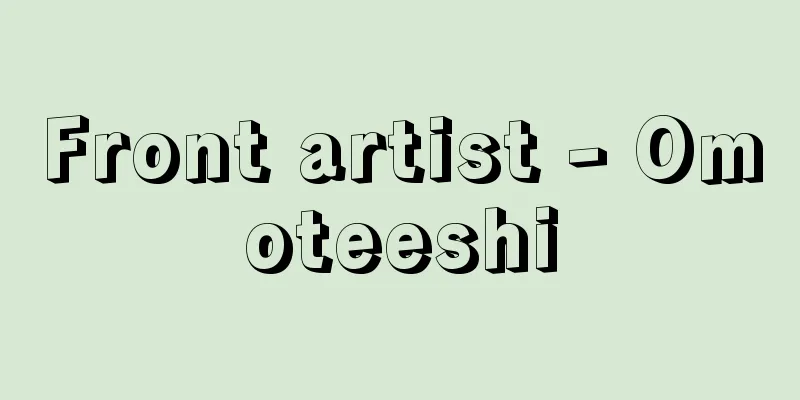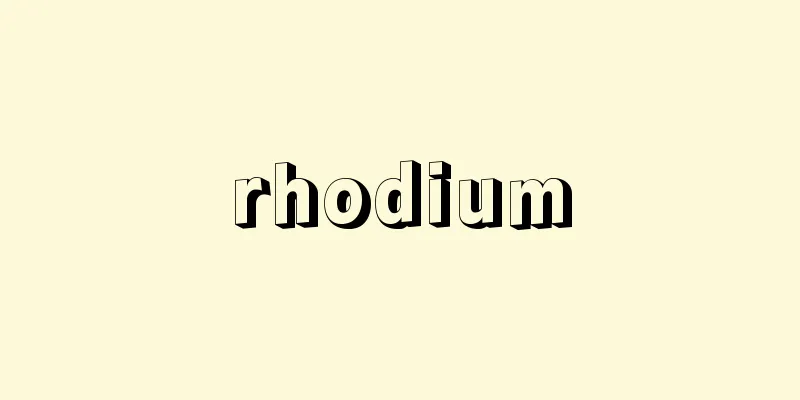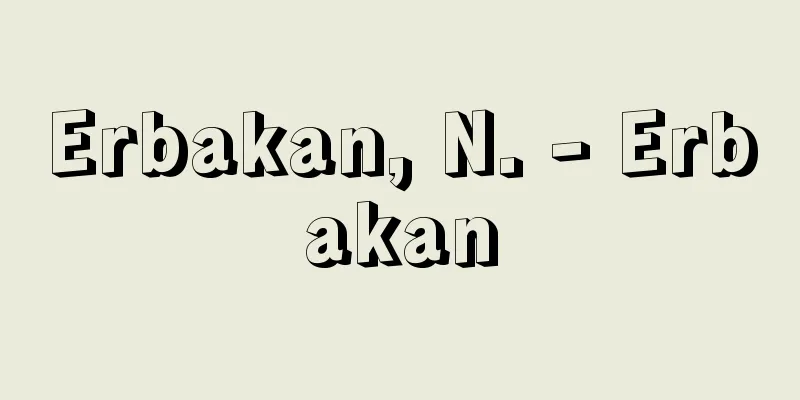Viviparity

|
Generally, animals that fertilize internally are those in which the fertilized egg remains inside the mother, maintains tissue contact with the mother, receives nutrition, develops into an embryo, and is born with a body shape similar to that of an adult. Among vertebrates, animals that live in water usually fertilize externally, and the eggs and embryos can develop while being protected from dryness and sudden changes in temperature, but reptiles and birds that live on land fertilize internally and lay eggs. The surface of these eggs has a shell, and inside they have an amnion that can withstand dryness and contain a large amount of yolk that stores the nutrients necessary for development. However, in mammals, the eggs are microscopically small and only have enough yolk to supply the nutrients necessary for early development. Therefore, a method called pregnancy evolved, in which the fertilized egg remains inside the uterus, which is created by a change in part of the oviduct, and implants into the wall of the uterus and embryo development occurs. The embryo and the mother's tissues form a structure called the placenta, through which the animal receives nutrients from the mother and excretes waste products. Among mammals, primitive monotremes (such as the platypus and echidna) are still egg-laying, while marsupials (such as the pouch rat and kangaroo), which are said to be the ancestors of mammals, do not develop a placenta and instead give birth to immature babies that are similar to embryos and are raised in the mother's pouch. Viviparity is not limited to mammals; one species of the starry hound shark, which belongs to the elasmobranch fish class, is viviparous, in which the embryo's yolk sac connects to the uterine wall and forms a placenta. In addition, in some types of plants (such as mangroves), if the seeds do not fall off the mother plant but germinate and become young plants, those seeds are called viviparous seeds. [Takao Mori] Source: Shogakukan Encyclopedia Nipponica About Encyclopedia Nipponica Information | Legend |
|
一般に体内受精をする動物で、受精した卵が母体内にとどまり、母体と組織的連絡を保ち栄養の供給を受けながら胚(はい)として発育し、成体と同じような体形となって生まれてくる場合をいう。脊椎(せきつい)動物のうち水中生活の動物は普通体外受精をし、その卵や胚は乾燥とか温度の急激な変化から守られて発生できるが、陸上生活をするようになった爬虫(はちゅう)類や鳥類は体内受精をし産卵する。この卵の表面には殻があり、中には羊膜をもち乾燥に耐えられ、発生に必要な栄養を蓄えた多量の卵黄をもっている。しかし哺乳(ほにゅう)類では、その卵は顕微鏡的な小さなもので、初期の発生に必要な栄養の供給ができるぐらいの卵黄しかもたない。そこで妊娠という方法が進化し、受精した卵は輸卵管の一部が変化して生じた子宮内にとどまり、その壁に着床して胚発生をする。胚と母体の組織は胎盤といわれる組織を形成し、それを介して母体から栄養の補給を受け、また老廃物の排出も行う。哺乳類のうちでも原始的な単孔類(カモノハシ、ハリモグラなど)はまだ卵生であり、また哺乳類の祖先型といわれる有袋類(フクロネズミ、カンガルーなど)では胎盤が発達せず、胚に近い未熟な子が産み出され、母体の育児嚢(のう)の中で育てられる。胎生はかならずしも哺乳類だけに限らず、板鰓(ばんさい)類に属するホシザメの一種は、胚の卵黄嚢が子宮壁と連結し胎盤を形成する胎生である。 またある種の植物(マングローブの類)でも種が母体から脱落せず、発芽し幼植物となる場合は、その種子を胎生種子という。 [守 隆夫] 出典 小学館 日本大百科全書(ニッポニカ)日本大百科全書(ニッポニカ)について 情報 | 凡例 |
Recommend
s quark - s quark
…Gell-Mann named this fundamental particle 'q...
Omine acid rocks - Omine acid rocks
…The Omine Mountains stretch from Mount Yoshino i...
Masamitsu Ichiguchi
…In 1957, the Greco-Roman style was introduced, a...
Haegum (English spelling)
Generally, it refers to a Korean two-stringed bow ...
Hunger pain
... Sometimes the back also hurts. This pain usua...
Sea of Marmara - Marmara Denizi
A small inland sea between the Bosphorus and the D...
Acromion
…the glenoid cavity is shallow, allowing for grea...
Endymion (English spelling)
A narrative poem based on Greek mythology by the E...
Horror
…The armory (4th century BC) built by the archite...
Weasel - Weasel
A play by Mafune Yutaka. Three acts. Published in...
Republic of Mordovia (English spelling)
A republic within the Russian Federation. Before t...
Downward Movement (English: Downward Movement)
A modern ideological reform movement in China. Gov...
Folk song (English spelling)
A song of unknown authorship that was created and ...
Nitriding - Chikka
When steel containing about 1% aluminum or chromi...
Andreae, J.
…He was one of the co-authors, if not the author,...









